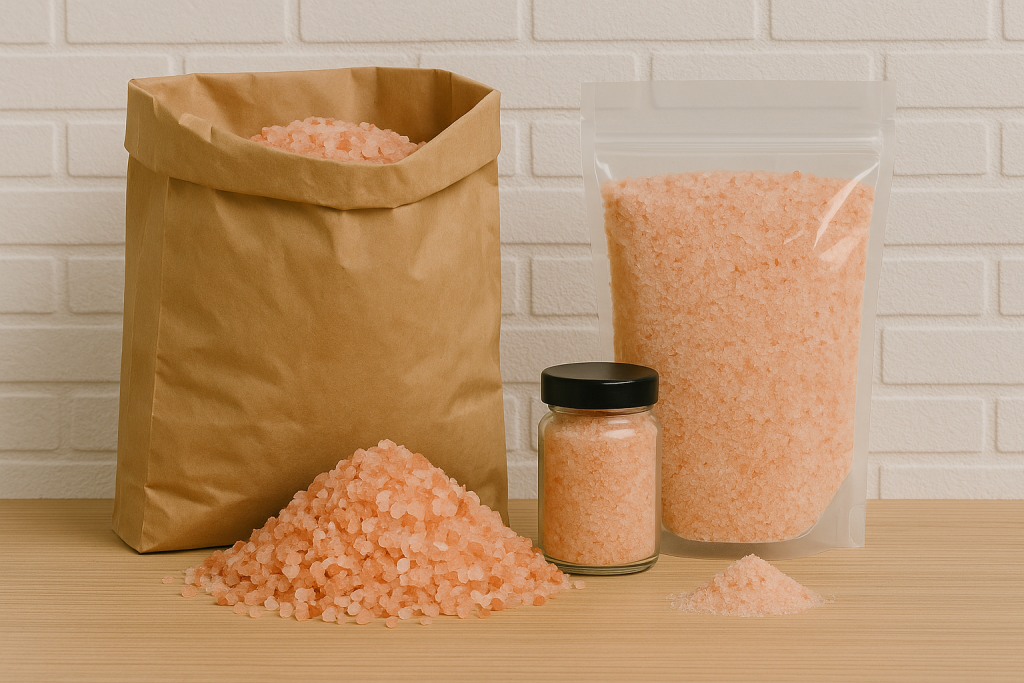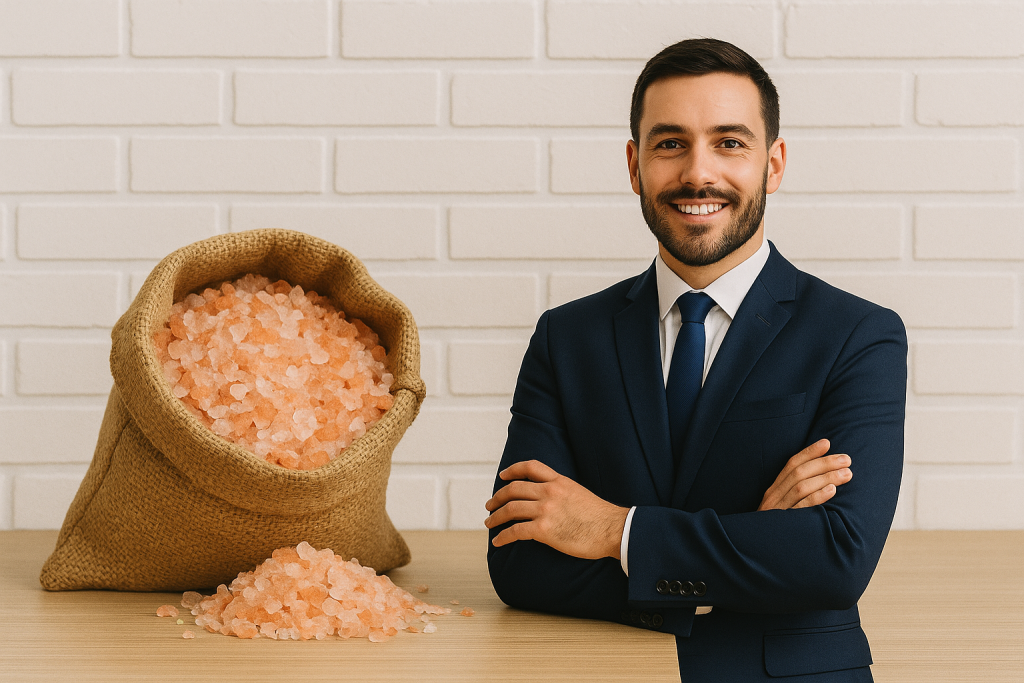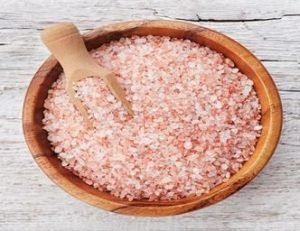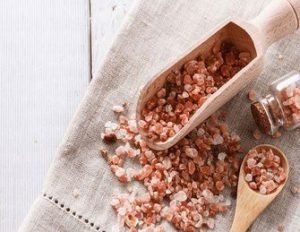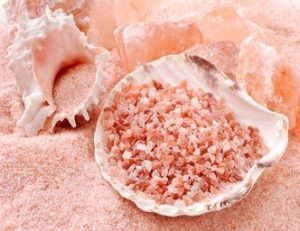Himalayan pink salt—famous for its rosy color and health benefits—has made its way from the depths of ancient mountains to gourmet kitchens and luxury spas around the world. But how exactly does this mineral-rich salt travel from a remote mine in Pakistan to your salt shaker or bath tub?
In this blog post, we’ll take a behind-the-scenes look at the fascinating journey of Himalayan pink salt—from mine to market. This includes its origin, mining, processing, grading, packaging, and how it reaches consumers across the globe.
🏔️ Origin: Born in Ancient Seas
The story of Himalayan pink salt begins over 250 million years ago, during the Precambrian era. It originated from ancient sea beds that evaporated over time, leaving behind massive deposits of salt deep within the Himalayan mountain range, particularly in the Salt Range of Punjab, Pakistan.
This natural salt remained buried under lava and snow for millions of years, untouched by pollution, which is why it’s considered one of the purest salts on Earth.
⛏️ Extraction: Traditional Salt Mining in Khewra
The heart of Himalayan salt mining lies in the Khewra Salt Mine, the second-largest salt mine in the world, located in Punjab, Pakistan. Salt is mined here using traditional methods that have been passed down for generations.
👷 The Mining Process:
- Manual and controlled blasting techniques are used to extract large salt rocks.
- Miners use simple tools like hand drills and pickaxes to break the salt into manageable pieces.
- Tunnels are carved out in a “room and pillar” method to maintain structural stability.
These careful techniques ensure minimal environmental impact and preserve the natural purity of the salt.
🧼 Cleaning and Sorting: From Rock to Refined
Once extracted, the raw salt rocks are transported to nearby processing facilities for cleaning and sorting. Here’s what happens:
- Cleaning: Salt rocks are washed to remove any dust or debris without using chemicals.
- Sorting: The salt is sorted based on color, purity, and size.
- Grading: Based on intended use—culinary, industrial, bath, or decorative—salt is separated into grades.
Only the highest-quality salt crystals are chosen for edible products, while coarser, darker pieces are used for lamps, tiles, or bath soaks.
🧂 Processing: Shaping the Salt
Himalayan salt comes in many forms—fine table salt, cooking slabs, bath crystals, salt lamps, and more. Depending on its end use, the salt undergoes different types of processing:
- Grinding: For edible salt, large crystals are ground into fine or coarse grains.
- Cutting and Shaping: Tiles, lamps, and candle holders are carved from salt blocks using hand tools or machines.
- Polishing and Drilling: For décor products, salt pieces are polished and fitted with wires, bulbs, or bases.
What remains constant is that no artificial chemicals or additives are used—preserving the salt’s natural integrity.
📦 Packaging and Export: Ready for the World
Once processed, the salt is packaged according to international safety and hygiene standards. High-quality edible Himalayan salt is sealed in food-grade packaging, often labeled with mineral content and origin information. Decorative items are carefully packed to prevent breakage during transport.
Pakistan exports thousands of tons of Himalayan salt each year to the USA, Europe, Middle East, and beyond. Major buyers include culinary companies, wellness brands, spas, and retailers.
🌍 Global Market and Uses
Himalayan pink salt has grown into a multi-billion dollar global industry. Its applications are diverse:
- Edible Salt: Gourmet dishes, cooking, seasoning
- Wellness: Bath salts, spa treatments, detox soaks
- Décor and Wellness: Salt lamps, tiles, candle holders
- Therapeutic Spaces: Salt rooms and halotherapy centers
Its natural purity, mineral content, and aesthetic appeal have made it a favorite among chefs, health-conscious consumers, and designers alike.
Final Thoughts
From the ancient salt mines of Khewra to luxurious homes and wellness centers across the globe, Himalayan pink salt’s journey is a remarkable blend of tradition, nature, and craftsmanship. What makes it truly special is not just its taste or color, but the story of how it’s carefully mined, shaped, and shared with the world.
Looking to source high-quality Himalayan pink salt for culinary or commercial use? Explore our wide range of edible salts, décor pieces, and wellness products, all ethically sourced and expertly crafted.


